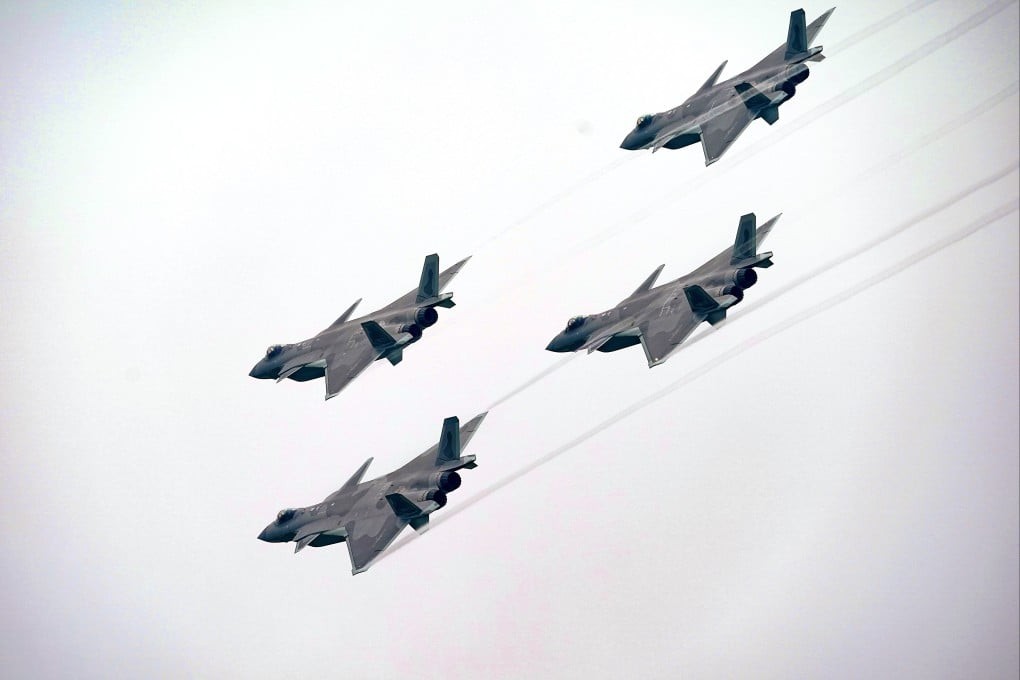
China has unveiled two new advanced combat aircraft designs, marking a major development in its military aviation capabilities. Recent images circulating on social media reveal two distinct stealth aircraft prototypes, both featuring innovative tailless configurations.
The first aircraft, reportedly developed by Chengdu Aircraft Corporation, showcases a unique diamond-delta wing design with extended wing-root features. This larger aircraft appears to utilize an unusual three-engine configuration and robust twin-wheel landing gear, suggesting it may serve as a regional fighter-bomber.
The second design, attributed to Shenyang Aircraft Corporation, is a smaller twin-engine aircraft with sharply swept "lambda" wings and distinctive triangular trailing-edge extensions. It employs diverterless supersonic inlets and was photographed being accompanied by a J-16 fighter during testing.
Both aircraft notably lack vertical and horizontal tail surfaces - a design choice that enhances stealth characteristics while potentially reducing drag and radar signatures. This configuration allows for improved high-speed performance and internal weapons capacity, though it requires sophisticated flight control systems to maintain stability.
According to unofficial reports, the Shenyang prototype completed its first flight on December 20. The timing of both aircraft's public reveal appears deliberate, coinciding with Mao Zedong's birthday and the anniversary of the J-20 fighter's first appearance.
These developments align with China's known pursuit of next-generation combat aircraft technology. Military analysts suggest these prototypes could represent competing or complementary designs for China's future air combat needs, potentially forming part of a broader "system of systems" approach that includes both manned and unmanned platforms.
While Chinese officials have remained quiet about these aircraft, their emergence demonstrates China's advancing aerospace capabilities and commitment to developing sophisticated military technology. The designs appear to prioritize range, stealth, and advanced combat capabilities - key requirements for operations in the Asia-Pacific region.